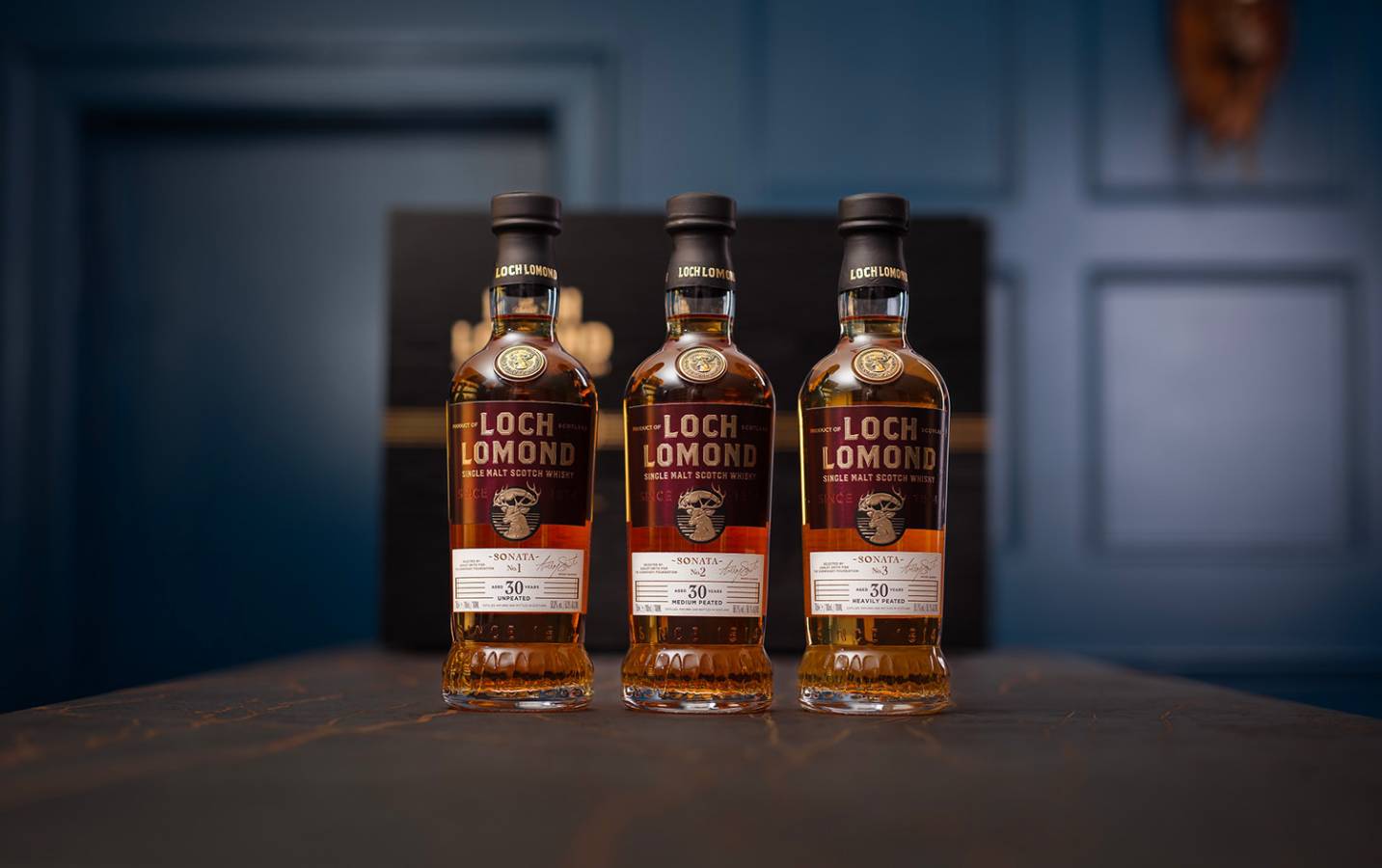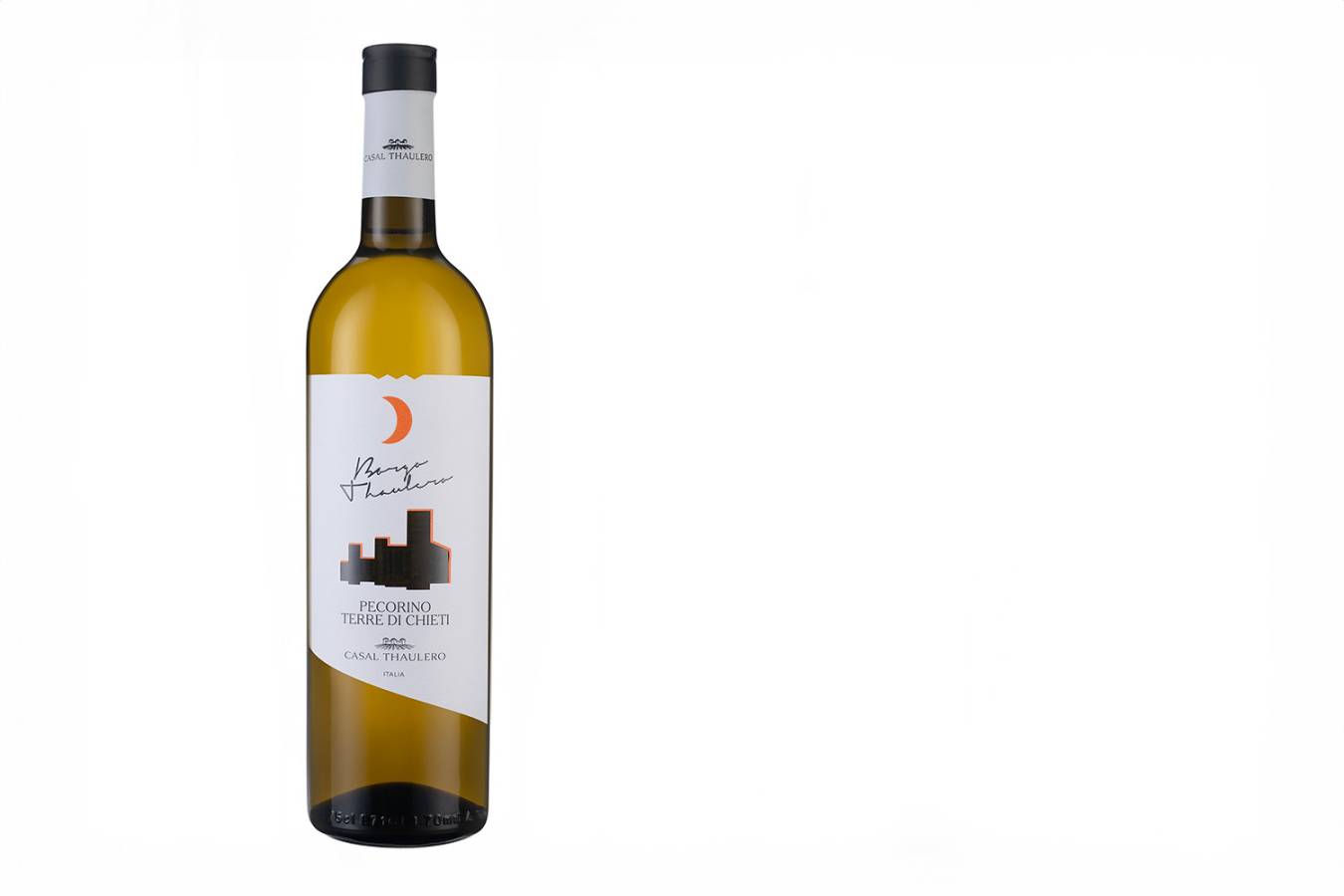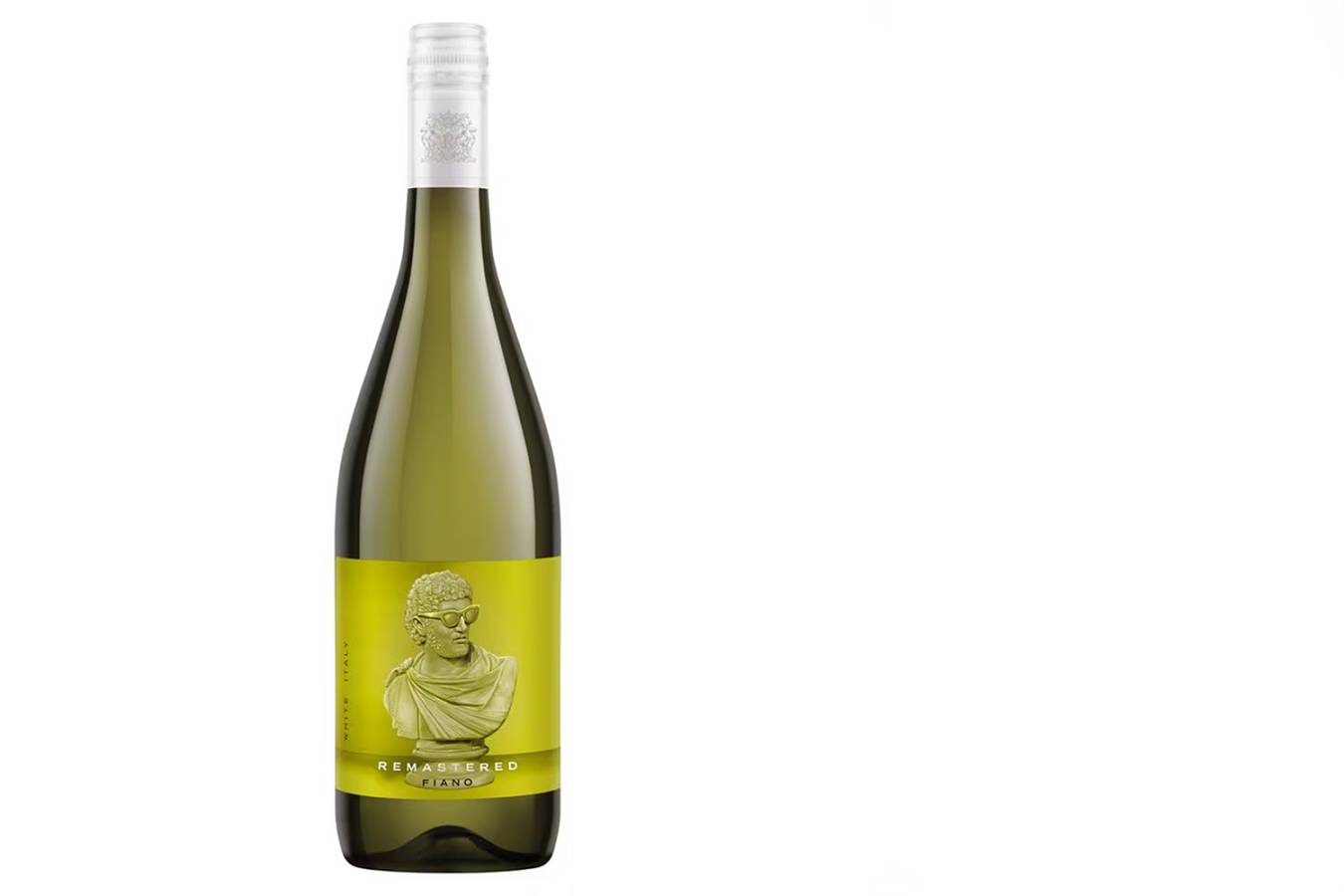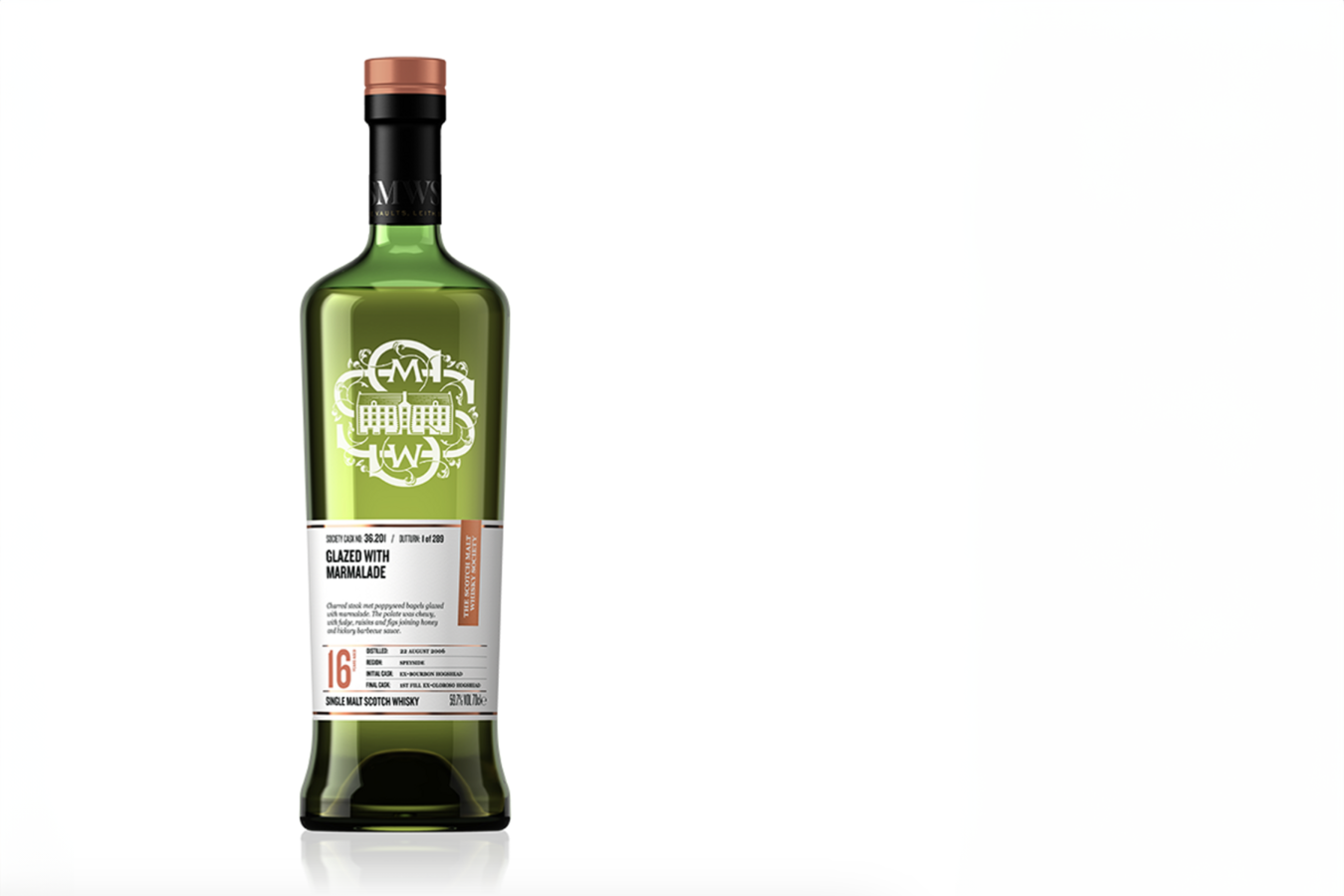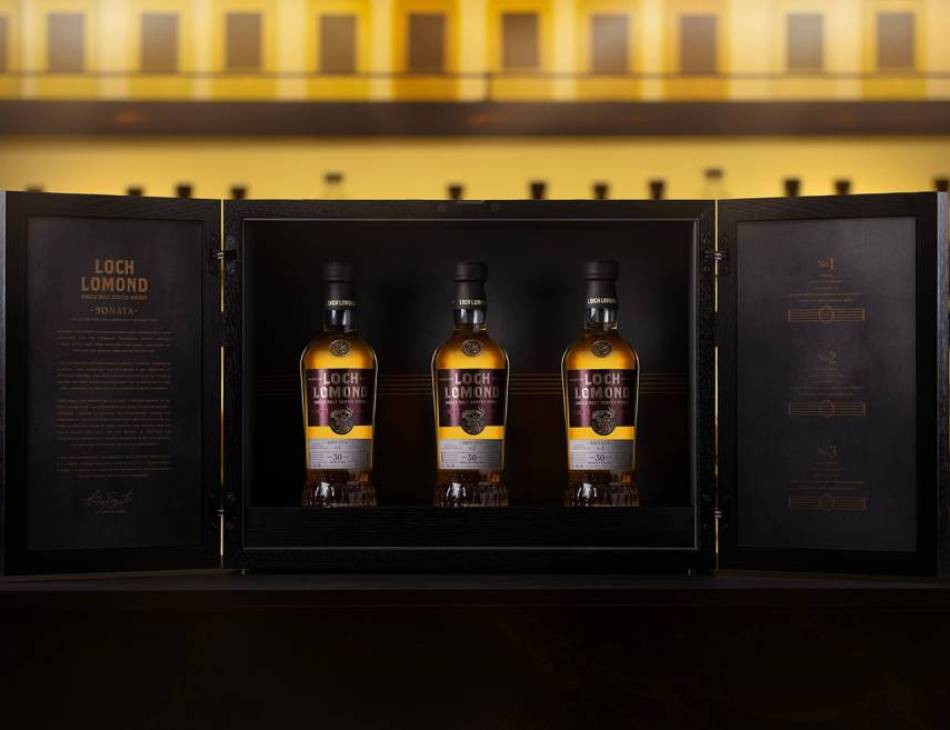David's Drink Diaries - Issue 12
Scotch Malt Whisky Society
As a whisky lover, I am unsure why I hadn’t joined the Scotch Malt Whisky Society before. Not only are there a serious amount of their own bottles, but also members rooms throughout Scotland and one in central London. With 32k members worldwide, I am rather slow to get on board!
This year the SMWS are celebrating their approach to sherry maturations, and this month’s offering is a wonderful 16-year-old called Glazed with Marmalade (cask 36.201). if this is anything to go by, their expressions are delicious! Marmalade is one of my favourites, so this was right up my street! Think of all those sherry notes you would expect, then ramp it up with orange notes and the full complement of fudge, leather and butterscotch. Finished off with a little spice.
It is priced at a very reasonable £92 but you do have to be a member to buy it. They currently have a 10% discount with the code SHERRY10 from smws.com/membership-options/
smws.com/glazed-with-marmalade/
Loch Lomond
Loch Lomond has contributed a special set of three 30-year-old single malt whiskies to the inaugural OurWhisky Foundation auction, designed to support women in the whisky industry. The whiskies, curated by Loch Lomond's Whisky Blender Ashley Smith, include an unpeated, a medium-peated, and a heavily peated variant, each uniquely distilled in 1993 and matured in refill Bourbon barrels using the distillery’s exclusive straight-neck stills. Named ‘Sonata’ by Smith, the trio symbolises a symphonic blend of flavours, echoing her role akin to an orchestra conductor.
I will be speaking with Ashley about these releases in due course.
Loch Lomond 30-year-old Sonata No 1 - 53%
This has a perfumed and mature bouquet, characteristic of its age. It is rich and expansive, filled with the lush sweetness of ripe apricots and the scent of homemade pastry, warm, buttery, and flaky! Vanilla lends a soft, creamy backdrop, with hints of honey. As I tasted it, the honey deepened, balanced with apricot and oranges. Cloves and a hint of other baking spices like cinnamon and cardamom are also present.
Loch Lomond 30-year-old Sonata No 2 - 56.1%
This is less expressive on the nose, but still nicely perfumed and unfolds with a gentle smokiness. This then opened to be reminiscent of Weetabix, the grains slightly toasted, bathed in steaming hot milk with a generous drizzle of golden honey that adds a lush, comforting sweetness. The palate was like classic a French clafouti with black cherries. The clafouti note evolves, revealing a twist of zesty orange glaze, lending a citrus element to complement the richness. There are subtle spices, including cinnamon and a sprinkle of nutmeg adding warmth and depth.
Loch Lomond 30-year-old Sonata No 3 - 51.1%
There is a notable umami quality here. As the whisky breathes, it shows layers of dark, polished mahogany, intertwined with the lush, ripe scents, again of peach and apricot and a beautiful BBQ smoke. It has a full, viscous texture that coats the mouth. The initial sweetness of toffee, butterscotch and vanilla are joined by the spicy undertones. A wonderful smokiness weaves through, that is persistent and refined. This smoke is not overpowering but rather enhances the depth and richness of this lovely whisky.
Michel Roux
Michel Roux is set to open his new restaurant, Chez Roux on May 22, 2024, at The Langham, London, located within the hotel's Palm Court. This new restaurant draws inspiration from Roux's nostalgic recollections of his 1960s childhood in rural Kent, where he grew up on the Fairlawne estate. There, his father, Albert Roux OBE, served as the private chef to the Cazalet family, and the seminal menus from Le Gavroche in 1967 played a foundational role in shaping his culinary perspective.
Diners will have the opportunity to start their meals with Roux's interpretation of Welsh Rarebit, a rich concoction of stout, Montgomery cheddar, mustard, Worcestershire sauce, and pickled walnut. The main courses will highlight dishes such as Lamb Chops Reform, a nod to Alexis Soyer’s iconic recipe from the 1830s, updated with herb-crusted lamb, faggot, and Reform sauce. Additionally, Grilled lobster served with garlic butter, fries, and béarnaise will be available, a personal favourite of Chef Michel and a cherished dish from his childhood memories of Le Gavroche.
On the launch of Chez Roux, Michel Roux comments:
The menu at Chez Roux is inspired by my early memories. Many of the recipes that were popular during the 60s have been consigned to history, yet there is so much to love about the dishes I remember from this time – British classics combined with traditional French techniques. So, with a touch of nostalgia and much excitement, I can’t wait for guests to try the menus at Chez Roux at The Langham.”
The Ascendancy of British Rum: A Tradition Reimagined
The history of rum in Britain is intertwined with the nation's maritime legacy.. Originating from the British Navy's practice in the 17th century of issuing a daily rum ration to sailors, a tradition that lasted until 1970, rum has been a staple in British culture for centuries. This longstanding connection has set the stage for the modern resurgence of British rum, a movement characterised by diversity, innovation, and a reconnection with the spirit's rich heritage.
Rum's role in British history extends beyond the naval rations; it was a cornerstone in the lucrative sugar trade that connected the corners of the Empire. Today, as we witness a renaissance in the craft of rum-making, British distilleries are drawing on this storied past to forge a new identity for their products. Distillers across the UK, from the rugged Scottish coasts to the pastoral beauty of Cornwall, are employing local ingredients and sustainable methods that reflect a modern sensibility towards production.
In recent years, British rum has begun to carve out a significant niche for itself, propelled by a surge in interest in artisanal and craft spirits. Consumers increasingly value authenticity, quality, and the narrative behind their beverages, leading them away from mass-produced spirits and towards products that offer a distinct personality and provenance.
Innovation in distillation and ageing techniques has allowed British rums to achieve complex flavours that stand out even in the cooler British climate. Techniques like utilising former whisky, sherry, or port casks for ageing, or experimenting with fermentation, have enriched their flavour profiles, challenging traditional notions tied to geographic origin.
Their growing popularity also reflects broader consumer behaviour trends and the rise of cocktail culture, particularly in urban centres. New distilleries are not only reviving historic buildings and sites but are also becoming tourist attractions in their own right, contributing to local economies and the broader spirits industry.
As the sector continues to evolve, it faces challenges such as the lack of a formal classification system that can lead to wide variances in quality and style. However, this also presents an opportunity for the British rum industry to define its own standards and carve out a unique space in the global spirits market.
I recently tasted several rums from 4 British distilleries and had an opportunity to chat with Georgina from Goldstone:-
What is driving the popularity of British Rum?
Consumers are beginning to understand more about rum and how it is made. They are pleasantly surprised that great quality rum is made in the UK and that leads them to seek out more local artisan alternatives, made from quality ingredients in the UK.
From a hospitality perspective the drive in ESG is bringing a rise in venues looking for locally produced products, particularly with a story behind them to put on their menus be it cheese, vegetables, wine or spirits.
Are consumers now veering away from overly sweet, flavoured rum in favour of a more artisan and serious rum?
Most of the time we find consumers aren’t aware that many rums contain high amounts of sugar and artificial flavourings. We find when people tour our distillery or taste our rum at an event they love what we are producing and then start to seek out rums that are flavoured naturally and don’t have added sugar. Perhaps in the future, we will see a legislation change that alcohol will have to write ingredients and nutritional information on the bottle that would help consumers with better visibility about what they are drinking.
What prompted the start of Goldstone Rum?
Goldstone Rum started as a lockdown idea, John and I wanted to do something different to take us away from our corporate lifestyle. John was an ex-chef and I grew up in a pub so food, drink and hospitality were a huge part of our lives and something we feel very passionately about. The idea for a rum distillery was born out of our love for the Caribbean which we both travelled to extensively in our 20’s. We always sampled the local rums of the island and visited the distilleries. Rum is great because the legislation allows us to experiment for example using four different types of unrefined sugar in our fermentation and bringing flavours such as our ginger & lime into the market.
What is your favourite cocktail using your rum?
The Sussex Oasis is a great cocktail, we use coconut water rather than coconut cream to give it a lighter feel, a great summer drink that can be premade in big jugs or punch bowls.
50ml Goldstone Rum
75ml coconut water
75ml pineapple juice
10ml cinnamon syrup – made by boiling cinnamon with sugar syrup
Combine ingredients in a long glass with lots of ice.
Goldstone Dark Rum 40%
Nutmeg, bananas and custard tart hit you on the nose initially which is lovely. The palate is off-dry with the flavours found on the nose following on, with the addition of vanilla. This has been rapidly aged, by using wooden chips, created from old barrels. They have used bourbon, sherry, cognac and virgin cherry for this.
Goldstone Spiced Rum 40%
This is more subdued on the nose than the dark rum, but again I found nutmeg. This was complimented with ginger, honey, and baking spices. The palate is dry and flavourful and reminded me of a ginger cake served with creme Chantilly. The finish brings a subtle warmth that lingers, accentuating the spice blend, and making it an excellent candidate for sipping neat or as a versatile mixer in cocktails that demand a spicy kick.
Goldstone 40% Ginger and Lime 40%
The nose is exactly what it says on the label - ginger and lime. The latter is the most dominant. If I had tasted this blind, I would have guessed it to be a gin, so it could be interesting in a blind tasting. The combination of ginger and lime provides a refreshing zing, perfect for a summer cocktail. Its vibrant character also lends itself well to creative mixology, adding a bright twist to traditional rum cocktails.
Distinct No 57 White Rum 57%
A pleasant funk on the nose with ginger, pepper, herbs, cloves, and tobacco. At 57%, it certainly delivers a powerful punch, both in terms of alcohol strength and flavour.. The dryness of the rum, combined with a palette of pepper, spice, and stone fruit, alongside notes of Earl Grey tea and cardamom, makes for a complex rum. The finish was long, ensuring that the intricate blend of flavours lingered.
Distinct Gold Spiced Rum
The nose reveals the essence of the distillate, enriched by an infusion of spices that lend toffee, ripe banana, and cinnamon flavours to the rum. Its sweetness would make it a perfect pairing for cocktails that benefit from a sweet base. It would also shine in a Mojito or mixed with tonic, where its richness could be balanced by the freshness of mint or the quinine's bitterness. providing a lavish sweetness that can elevate a simple drink into something extraordinary.
Abingdon Wild Oxen White Rum 41.5%
Made from sugar cane, this rum begins with a subtle nose that unexpectedly unfolds into a delicate palate of ginger, fig, and vanilla. The lightness and nuanced flavours make this a refreshing rum, suitable for sipping neat or as a sophisticated base in cocktails where its subtle complexities can be fully appreciated.
J. Gow Culverin Unaged Single Rum 50%
A green vegetal nose with asparagus, grass, spice, and fruit. A slight sweetness in the mouth with flavours of angelica, toasted nuts, and cranberry. This rum challenges and delights the palate, reflecting the raw spirit's character. It would be a great choice for those looking to explore the spectrum of rum flavours beyond the aged and sweet profiles.
J. Gow Revenge 3 year old 43%
Quite a pale colour with a honey and vanilla nose. The palate has a nuanced delicacy of honey, butter, and boiled sweets. This rum balances the youthful energy of a relatively young spirit with the sophistication of its maturation, showcasing how even a few years in the cask can transform the rum into a complex, enjoyable drink. It's smooth enough to be enjoyed on its own but also has the depth to enhance cocktails.
J. Gow Fading Light 43%
Quite similar on the nose to the Revenge, but with apricot, strawberries, and peach. There is pepper spice on the palate with toasted honey nuts, clove-studded orange peel, and vanilla. This rum demonstrates a great blending of flavours, creating an inviting profile.
J.Gow Hall of Clestrain Single Cask 5-year-old 54%
The additional ageing has led to the flavours developing with more pronounced orange notes. The extra alcohol has given more complexity, resulting in tropical notes coming through including pineapple, guava, and mango. This would be an exceptional choice for sipping straight or as the base in a powerful, flavour-forward cocktail.
J. Gow Spiced Rum 40%
Initially, I wasn’t that keen on the aroma, but the flavour made up for it. The palate had a juxtaposition of flavours, where the ripe bananas, mangoes, and cloves melded together beautifully. This shift from the nose to the palate serves as a reminder of the complexity and unexpected turns that rum (and other spirits can offer). This rum, with its challenging introduction yet rewarding taste, underscores the importance of keeping an open mind.
WINE
Red Heads Sereia Rox Sauvignon Blanc - £12.99 from Laithwaites
Red Heads is a unique winery with an interesting story. It began as a small project by a group of winemakers in 2002 who wanted to step away from commercial winemaking practices to create small batches of wine that express the true essence of the grape and the land. Their approach is hands-on, artisanal, and rooted in a passion for winemaking.
This Sauvignon is a pale straw colour with glints of green, suggesting its youth and vibrancy. The nose is a lively blend of aromas, with notes of passionfruit and lime zest, followed by subtle hints of freshly cut grass and a touch of herbal complexity. There's a delicate floral undertone. On the palate, the wine is crisp and refreshing, with a zesty acidity with flavours of tropical fruits, primarily passionfruit and guava, complemented by lemon and grapefruit. The mid-palate introduces a green apple and a mineral edge, leading to a clean, lingering finish.
Red Heads Harmonie Rox Chardonnay 2023 - £15.99 from Laithwaites
The nose is a fusion of ripe stone fruits such as peach and nectarine, with a creamy underpinning of vanilla and toasted almond. There's a hint of citrus blossom and of minerality. On the palate, the wine has a rich texture balanced by a core of vibrant acidity. There is white peach and melon at the front, followed by secondary notes of lemon curd, brioche, and a subtle, flinty edge that adds dimension. It has a lingering taste of fruit and a creamy richness with a final hint of spice and citrus zest.
Mercurey - Francois Martenot 2021 - £28 at Ocado
Mercurey, one of the appellations in the Côte Chalonnaise subregion of Burgundy, is renowned for its high-quality Pinot Noir wines, though it also produces a smaller quantity of Chardonnay as well. The region has a terroir that's particularly favourable for Pinot Noir, with a combination of limestone and clay soils, moderate climate, and varied topography contributing to the depth, complexity, and elegance of the wines produced here.
This François Martenot Mercurey 2021 has a beautiful ruby colour with a bright and clear rim, highlighting its youthfulness. The nose is aromatic and complex, with cherries and strawberries complemented by subtle earthy undertones of forest floor and a hint of spice. As the wine opens up, there are delicate notes of violets and a touch of oak, alongside strawberry, red cherry and plum. It is medium-bodied, with a silky texture and well-balanced acidity that gives it a freshness.
It would go very well with duck, pheasant or pork tenderloin. Add some earthy vegetables and mushrooms to make a delicious pairing.
Remastered Fiano - £8.50 from Tesco
This would be a wonderful wine to serve when hosting a sizeable BBQ wine. It is very affordable and is made exclusively from Fiano grapes, with their aromatic profile, it has notes of ripe pear and green apple, with jasmine and white almond. There's a refreshing undertone of citrus zest. The palate is medium-bodied with a smooth texture. Stone fruit, particularly white peach, blend with lemon and some herbal nuances, perhaps a touch of rosemary all make an appearance. When the sun is out, and your guests in full flow, this will work perfectly. And no one will guess the grape variety.
Borgo Thaulero Pecorino Terre di Chieti - £13.99 from Laithwaites
Casal Thaulero is a winery known for its dedication to highlighting the indigenous grapes of the Abruzzo region in Italy, producing wines that resonate with the area's unique terroir.
This wine has a bright straw yellow hue, with greenish reflections. The nose is aromatic with crisp green apple and pear, followed by floral notes and a hint of lemon zest. There’s an underlying minerality that speaks to the coastal influence and the calcareous soils of the Terre di Chieti, complemented by a touch of sage and mint.
There is a lively acidity that's well-balanced by its medium body. It is fruity with a saline minerality and herbal nuances. The finish is persistent and clean, leaving a refreshing citrus note. It is well worth buying a few of these and cellaring them for a few years. Unlike many Italian white varieties, the Pecorino does have the ability to age.
Quinta da Pedra Alta - Branco 2020 - £22.50 from The Wine Society
This is barrel fermented from the Douro, made from a blend of indigenous white grape varieties - 85% Viosinho, 10% Gouveio, and 5% Rabigato. I personally love any opportunity to taste the less common varieties, as they offer something different. The aroma on this Branco starts with vibrant notes of lemon zest and lime, with white peach and green apple. As the wine opens, it reveals a subtle floral layer, of orange blossom and jasmine. The citrus elements persist, joined by hints of pineapple and mango, adding complexity and depth. The wine's minerality is more pronounced on the palate, lending a crisp, refreshing quality that's characteristic of Douro whites. There's a slight herbal undertone of fresh basil.

